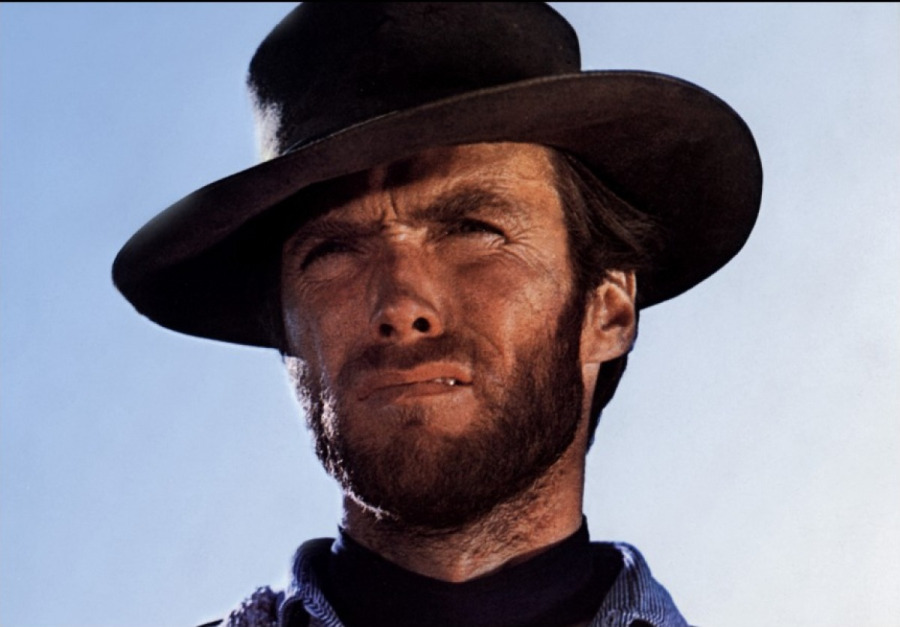
Some people think that Bob Dylan is a mediocre or even bad guitar player. Surprisingly, this also includes people who have spent their entire adult life on dylanological idolizing, scrutinizing, and patronizing.
Clinton Heylin checks all the boxes here. In his “Renaissance masterpiece” (at least that’s how he himself thinks of it), Behind the Shades (2000), he writes about the “gorgeous rendition” of ‘Don’t Think Twice’ on the Freewheelin’ album that “it might just have illustrated how good a guitarist Dylan had become, save that it’s Langhorne who provides the faultless accompaniment” (p. 104).
He has repeated this point in just about every book he has written, and in his latest version of the definitive Dylan biography with the sensationalist title The Double Life of Bob Dylan, where the “masterpiece has been restored to its truer self”, it gets another spin:
Although Langhorne later defended Dylan’s guitar-playing – ‘[he] was actually doing some very interesting things with guitar…He wasn’t a virtuoso guitarist, but he had some very creative ideas’ –Dylan struggled with the latter’s guitar part in the studio until Langhorne overdubbed the guitar and saved his blushes, and time. [on the four track session tape, there is no bleed from the vocal on the guitar track, which confirms it was an overdub, presumably over Dylan’s original part’].
Heylin: The Double Life of Bob Dylan. Restless Hungry Feeling (2021)
The only new evidence Heylin produces in his new version of the story is the alleged lack of bleed on the guitar track. This may or may not prove that the track was overdubbed. What it does not prove is that it was played by Langhorne.
What remains through all the iterations of the account, then, is the same old dogma: this is too good to be Dylan playing.
I’ve previously stated – I would say conclusively, and on the basis of solid musical analysis, not dogma – that the only person who could have played that guitar track is Dylan himself. There is nothing in Heylin’s new oeuvre that changes that verdict.
Musical ability explained
In an unrelated thread at Expecting Rain (thanks to TimEdgeworth1 for the video link), I came across another example that might help unmusical writers understand more clearly what kind of a guitar player Dylan is, and what is and what isn’t difficult for him.
It’s a solo acoustic performance of Mama You Been On My Mind, from Beverly, MA on Halloween in 1992:
Mama is a fairly simple song to play; it comes close to a three-chord song, consisting of the simple chords that every guitar player learns during the first weeks of playing. Heck, even Clinton Heylin might be able to play it.
But have a look at the left hand in the clip. the fingers are moving constantly, in ways that would have been extremely difficult to learn or to copy. Not that it is – it is still just the same simple song, most of the time a simple C major chord with embellishments. But there is constant finger movement, and the more you look at it, the more difficult it seems.
And yet: this is exactly how Dylan plays – or played at that point in his touring career – all the time. Most people, even skilled guitarists, would have difficulty playing exactly like that, but for Dylan, it is automated behaviour. He can play this in his sleep, he can play the harmonica at the same time, he can think about an interesting passage in Dostoyevskij or wonder whether he remembered to lock the door before he left this morning – none of that would interfere with his playing.
But put it on a music stand in front of him (assuming he knows how to read music) or tell him step by step what to do (assuming he doesn’t), and he would be helpless. Again: the reason why it works, why it is possible to play what looks very complicated while sorting laundry or playing harmonica, is that some parts are automated and other elements are left to chance. It is idiosyncratic, and it contains element of improvisation.
And put the sheet music in front of the most accomplished studio musician in the world, and it still wouldn’t sound good, because (a) idiosyncratic playing is antithetical to premeditation – there is a huge difference between making a realization of a structure and shaping an exact object from instructions, and (b) while the chord shapes and the picking technique may be the same whoever plays it, the exact execution will be the result of individual style, the importance of which will be stronger precisely because the basics are so basic.
*
The fingerpicking on Don’t Think Twice is perhaps more technically advanced than the flatpicking in this videoclip, but it, too, depends on the same combination of automatization and idiosyncracy to work. Any guitar player can learn to fingerpick at breakneck speed, in a way that would dazzle onlookers and make unmusical biographers think it is impossible. It is not either difficult to add a couple of finesses here and there to make it sound even more impressive, as Dylan does in Don’t Think Twice. We can follow the development of those finesses through the previous versions of the arrangement.
The musically advanced part is the integration of all the things that are going on at the same time – picking, singing, harmonica – into a coherent whole. In Dylan’s case this is accomplished first and foremost through timing and phrasing. That is the art form in which Dylan excels, and it depends on precisely the combination of automatization and individual style that the clip from 1992 exemplifies.
That‘s hard. Playing it isn’t.

Leave a Reply